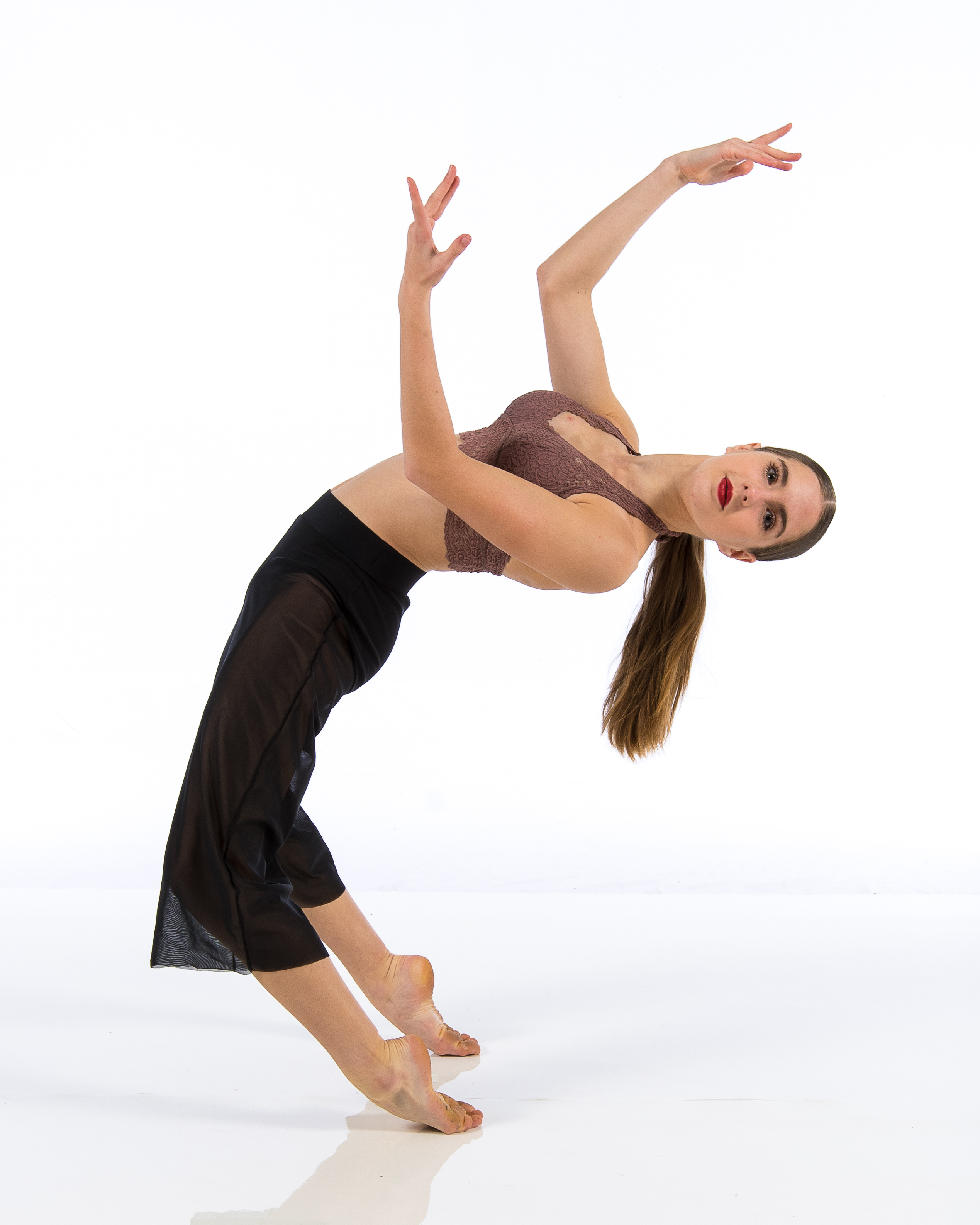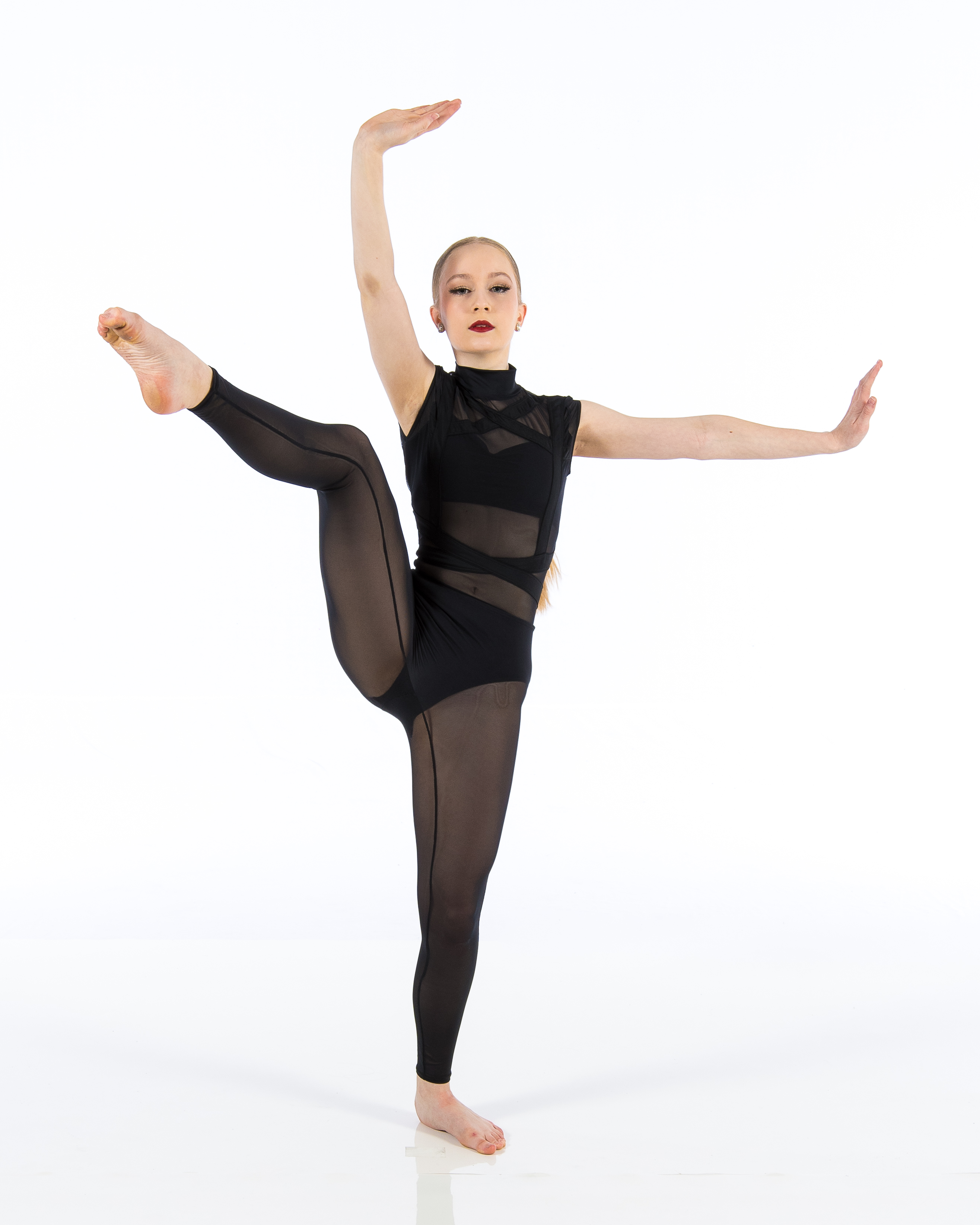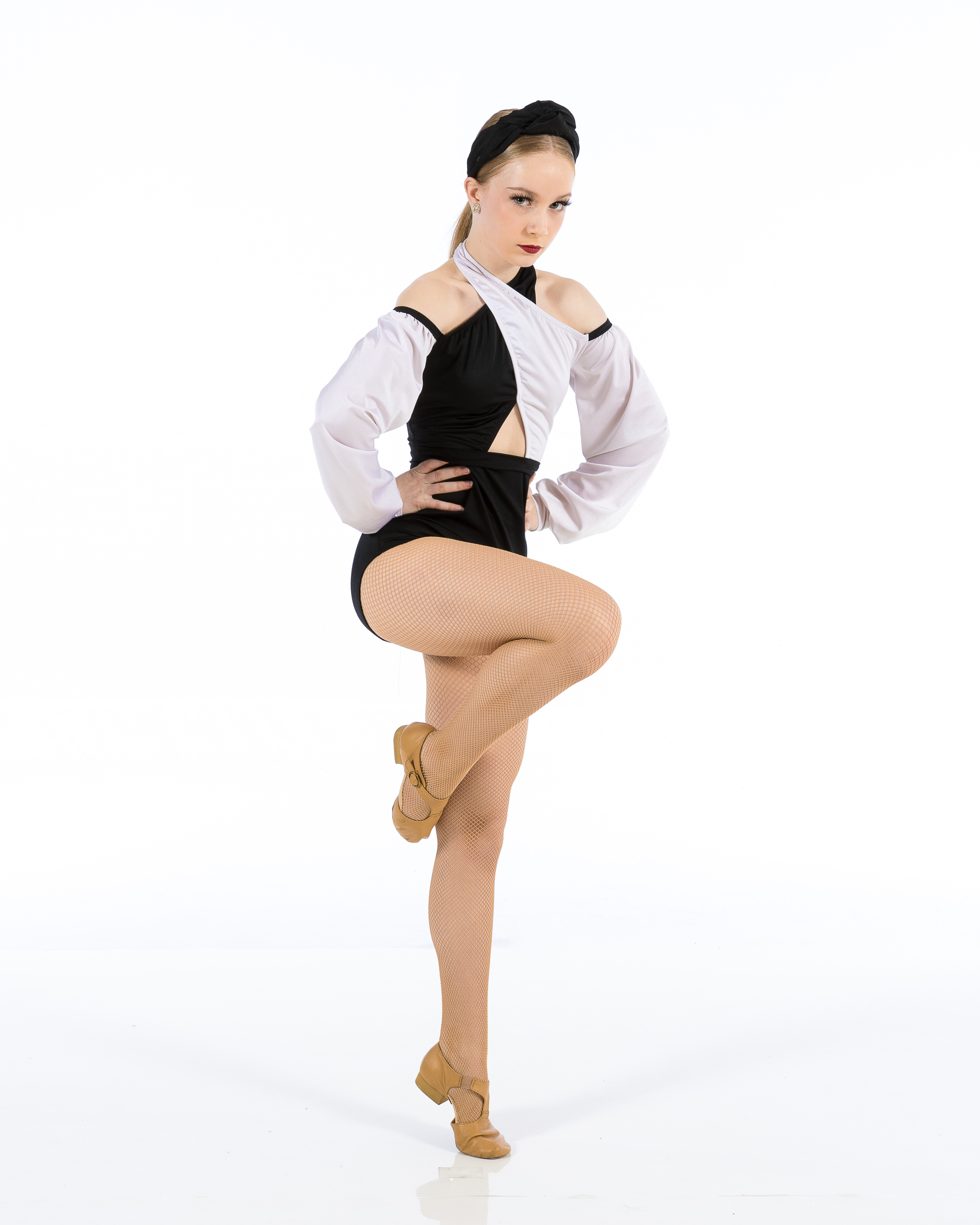Introduction
Welcome to the vibrant world of dance! For many, a dance studio isn’t just a place to learn steps and routines; it’s a sanctuary where creativity flourishes, self-expression thrives, and artistry takes on new forms. One way dancers can enhance their performances and deepen their practice is through the use of props. However, like any tool in an artist’s toolkit, props come with their own set of guidelines that can make or break your experience in the dance studio. In this comprehensive guide, we’ll explore the Do's & Don'ts of Using Props in the Dance Studio, ensuring you utilize these fascinating tools effectively while avoiding common pitfalls.
Understanding Props in Dance
What Are Dance Props?
Props are objects used by dancers to enhance their performance or aid their learning process. These can range from simple items like scarves and hats to more elaborate pieces such as chairs or even large set designs. The right prop can elevate a routine from good to unforgettable.
Why Use Props?
Using props can help:
- Enhance storytelling Improve physicality Create visual interest Aid in choreography
The benefits are numerous, but understanding how to use props correctly is essential for maximizing their impact.
Do's & Don'ts of Using Props in the Dance Studio
Do: Choose the Right Prop for Your Style
Choosing a prop that complements your dance style is crucial. For instance, if you’re performing ballet, a delicate feathered fan might add elegance. Conversely, for hip-hop, a boombox could channel that urban vibe.
Don't: Overcomplicate Your Routine
While props can be exciting, adding too many complexities may dilute your performance. Keep it simple and focused; let your talent shine without overwhelming distractions.
Do: Practice With Your Prop
Before showcasing your prop in front of an audience or during class, ensure you practice with it thoroughly. This helps build muscle memory and ensures that the prop doesn’t become a hindrance.
Don't: Neglect Safety Considerations
Safety should always be a top priority in any dance studio. Ensure that your props do not pose risks of injury to yourself or others. If it's large or heavy, consider whether it’s practical for group settings.
Creative Uses for Props in Choreography
Enhancing Storytelling Through Props
Props can serve as vital storytelling devices within choreography. For example:
- A scarf might symbolize love. A hat could represent social status. A chair might convey loneliness or longing.
Incorporating these visual elements enriches the narrative you’re sharing through movement.
Experimenting With Different Materials
Don’t shy away from experimenting with various materials! From silk ribbons to wooden sticks, each material brings unique textures and movements into play.
Technical Guidelines for Prop Usage
Do: Understand the Weight and Balance of Your Prop
Every prop has its own weight distribution which can affect your balance during performance. Get familiar with how it feels so you can integrate it smoothly into your movements.
Don't: Ignore Timing When Using Props
Timing is everything! Ensure that any movement involving a prop is synchronized with music and other dancers’ actions when working in groups.
Common Mistakes When Using Props in Dance Studios
Over-Reliance on Props for Expression
Many beginners may fall into the trap of relying too heavily on props for expression rather than using them as an enhancement to their natural movements and emotions.


Forgetting About Fluidity
A common mistake is introducing props that disrupt fluidity within routines. Remember that transitions should remain seamless; avoid anything that makes movements choppy or unnatural.
Engaging Students with Props
Creating Interest Among Students
Instructors should strive to create engaging lessons around prop usage by incorporating games or challenges focused on creativity and exploration.

Encouraging Individuality
Allow dancers to personalize their use of props according to individual styles—this not only fosters creativity but also builds confidence within students.
The Role of Instructors with Props
Educating Dancers About Proper Techniques
Instructors must take an active role in teaching proper techniques associated with prop usage to ensure safety and effectiveness among all students.
Modeling Effective Use
As an instructor, demonstrating effective use of props during lessons can provide students with valuable insights into integrating them successfully within their routines.
FAQs About Using Props in Dance Studios
li8/ol1/li9li9/ol2li10# How do I prevent injuries when using heavy props?- Always warm up properly before handling heavier items and practice using them under supervision until you're comfortable.
- Consider what aligns best with your choreography’s theme and your personal style; sometimes testing out multiple options before settling can yield surprising results!
- Definitely! Sometimes simplicity allows true artistry to shine without distraction; evaluating context always helps guide this decision!
Conclusion
Navigating the world of dance studio props may seem daunting at first glance—but don’t fret! By understanding the essential Do's & Don'ts of Using Props in the Dance Studio, you empower yourself (and those around you) to maximize artistic expression while ensuring safety remains paramount throughout every rehearsal and performance alike! So go ahead—grab those exciting tools available at hand—and let’s make magic happen on stage!
This article provides an extensive overview aimed at helping dancers understand how best to incorporate props into their routines while maintaining safety and enhancing creativity within every movement made inside any given dance studio setting!